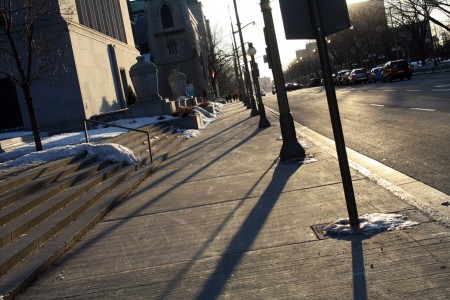
The Secure Sockets Layer (SSL) is one of the world’s most important forms of commercial encryption. It is the public key system generally employed by e-commerce websites like Amazon, in order to prevent payment details from being intercepted by third parties. At this week’s Black Hat security conference in Washington, details were released on an exploit that takes advantage of the weak way in which SSL is implemented in secure (HTTPS) websites.
The tool – called ‘SSL strip’ – is based around a man-in-the-middle attack, where the system for redirecting people from the insecure to the secure version of a web page is abused. By acting as a man-in-the-middle, the attacker can compromise any information sent between the user and the supposedly secure webpage. The author of the exploit claims to have used it to steal data from PayPal, GMail, Tickermaster, and Facebook – including sixteen credit card numbers and control of more than 100 email accounts.
This kind of vulnerability has always existed with SSL because it is difficult to be certain about where the endpoints of communication lie. Rather than having a secure end-to-end connection between Amazon and you, there might be a secure connection between you and an attacker (who can read everything you do in the clear), and then a second secure connection between the attacker and Amazon.
To some extent, the problem can be mitigated through technical means (as described in the linked article). Beyond that, the question arises of what constitutes adequate precautions, from both a legal and a personal standpoint, and who should pay the costs associated with data breaches and fraud.
[Update: 23 February 2009] The slides from the original presentation about SSL Strip are available here and here. Both servers are under a fair bit of strain, due to all the popular interest about this topic, so it may be tricky to access them during the next few days.
[Update: 25 February 2009] SSL Strip can actually be downloaded on Marlinspike’s website.
[Update: 5 November 2009] One thing I think these SSL exploits (and others described in comments below) demonstrate is that we cannot rely completely on technical means to avoid fraud and theft online. There is also a role to be played by laws on liability and other means.





